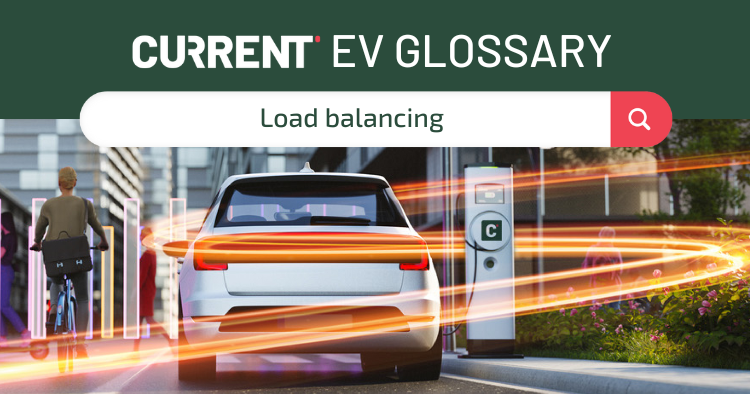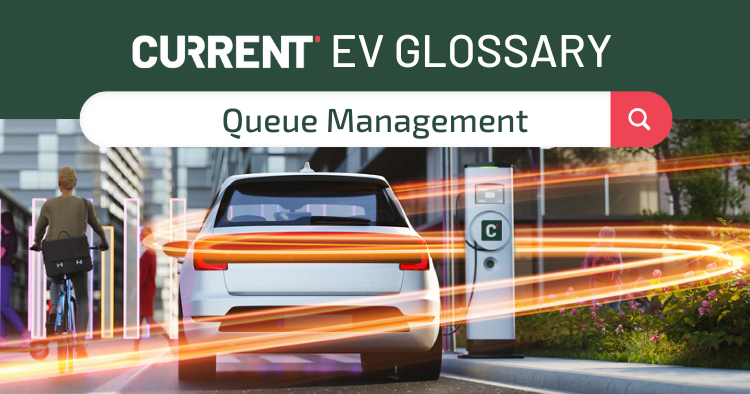Bidirectional Charging
Bidirectional Charging: What It Is and How It Benefits EV Drivers
Electric vehicles are really batteries on wheels. In fact, a typical Tesla Powerwall used to run a home's solar panel power grid holds about 13.5 kWh of power. The average capacity of an EV battery is around 65 kWh. So, if you could hook a fully charged electric vehicle to your home battery system, you could run your house for several days.
One of the promises of electric vehicles is how they could feed renewable energy into cars and the grid. Bidirectional EV charging is a big step forward to achieving a more flexible power grid. The big dream is to charge cars with solar panels and feed that power into the grid.
That seems a long way off, though. First, let's start with the simple questions.
What is Bidirectional EV Charging?
EV charging that is bidirectional involves drawing power from the electricity grid in order to charge the battery of the electric vehicle (EV), as well as drawing energy from the EV's battery in order to deliver it to other loads when it is required. With bidirectional charging, an electric car may contribute to the powering of a house or company, the utility grid, another vehicle, or specified loads.
But how does this work? When an EV is charged, alternating current (AC) power from the grid is converted to direct current (DC) electricity, which a vehicle may use. Either the car's converter or a converter in the charger performs this conversion. Then, when you want to use the energy stored in the EV's battery for a home or transmit it back to the grid, the DC power used in the automobile must be converted back to AC electricity. Although there aren't many bidirectional EV chargers available right now, they all include inbuilt converters. This shows they can manage the electrical conversion from DC to AC. They can even manage the quantity of power provided to and from the battery.
What Is the Difference Between Smart Charging and Bidirectional Charging?
Smart charging is charging an electric vehicle (unidirectional or bidirectional) using a "smart" device rather than a manual on/off switch. When an EV and a charger are linked, they share data. Smart EV charging apps allow you to control charging time from your phone. Thus, smart charging lets cars be plugged in, but not always charging (also often called V1G). Electric vehicle (EV) owners or energy suppliers may be charged based on demand and cost, depending on the country and energy operator. Customers benefit from the flexibility and potentially lower electricity costs. This also prevents a large number of EV owners from charging at the same time, which might overload the grid.
How Can We Use Bidirectional Charging?
There are two current ways EV batteries use the electricity stored in them to benefit the grid or their owners. There are a further two more uses available, but they are not very widespread.
V2G: Vehicle to Grid
Vehicle-to-grid technology means cars can deliver electricity to homes and the electric grid when required. Bidirectional charging will be vital for the future power grid and renewable energy. When wind and solar electricity are available, a bidirectional charger can charge electric car batteries. When not in use, the EV transmits its battery power to the grid to boost energy efficiency.
V2H: Vehicle to Home
An electric car's bidirectional EV charger may provide backup power to a house or business during a power outage. Some rate payers may save money by using their EV battery during peak demand and charging it when rates are lower. A house with V2H capabilities requires a power management system linked to its power supply center.
Vehicle To Load (V2L)
Vehicles that can work with V2L also have a DC-to-AC converter, which is a plug that changes DC to AC. So, users can plug their loads into the outlet and let the battery power them. Some electric vehicles, like the Hyundai Ioniq, Kia EV6, Tesla Cybertruck, and Ford F150 Lightning, have these features.
Vehicle To Vehicle (V2V)
The range of a vehicle depends on a number of things, such as the battery's capacity, how efficient the vehicle is, and the temperature outside. With V2V charging, one EV can help charge another EV, which can help ease worries about running out of juice. A lot of car companies are working on this, but the Ford F150 Lightning and the Lucid Air are the only ones that have it so far.
The Benefits of Bidirectional Charging
Brings renewable energy into the electricity grid
An optimal solution for many EV owners would be to charge their EV battery during the day with solar panels. This renewable energy can be sold to utility companies at competitive energy prices.
Helps avoid widespread power outages
Bidirectional chargers could bring power to the grid when it is under strain. This demand response could avoid a power outage if large numbers of vehicles offered their power simultaneously.
Major energy management upgrade at low costs
A large increase in two-way charging could bring a lot of flexibility to energy management. A coordinated view of the available power in thousands of EVs could be used as a grid upgrade.
Lower energy costs for customers and energy companies
If an EV charging station uses renewable energy, then a bidirectional charger could sell this power back to the local utility grid at low rates.
Disadvantages of Bidirectional Charging
Bidirectional charging is definitely the way we would prefer to see the EV charging technology develop. At present, it still faces two problems:
- Cost of chargers. The chargers are expensive because they must have a dual converter inside them. This is more difficult than a normal charger that doesn't require converting power to both AC and DC.
- Small number of compatible vehicles. Currently, only a few companies offer bidirectional charge options. Not all EVs come with compatible chargers. However, the number is growing.
Conclusion
Now that you know more about how bidirectional charging works, you can decide what to do about it. There are a few responses:
- You can wait until the technology develops more and brings the costs down. As more vehicles add this option, every EV owner could embrace it.
- Purchase a compatible EV to take advantage of the technology now. You could provide power to the grid for profit and use power more efficiently during peak hours.



